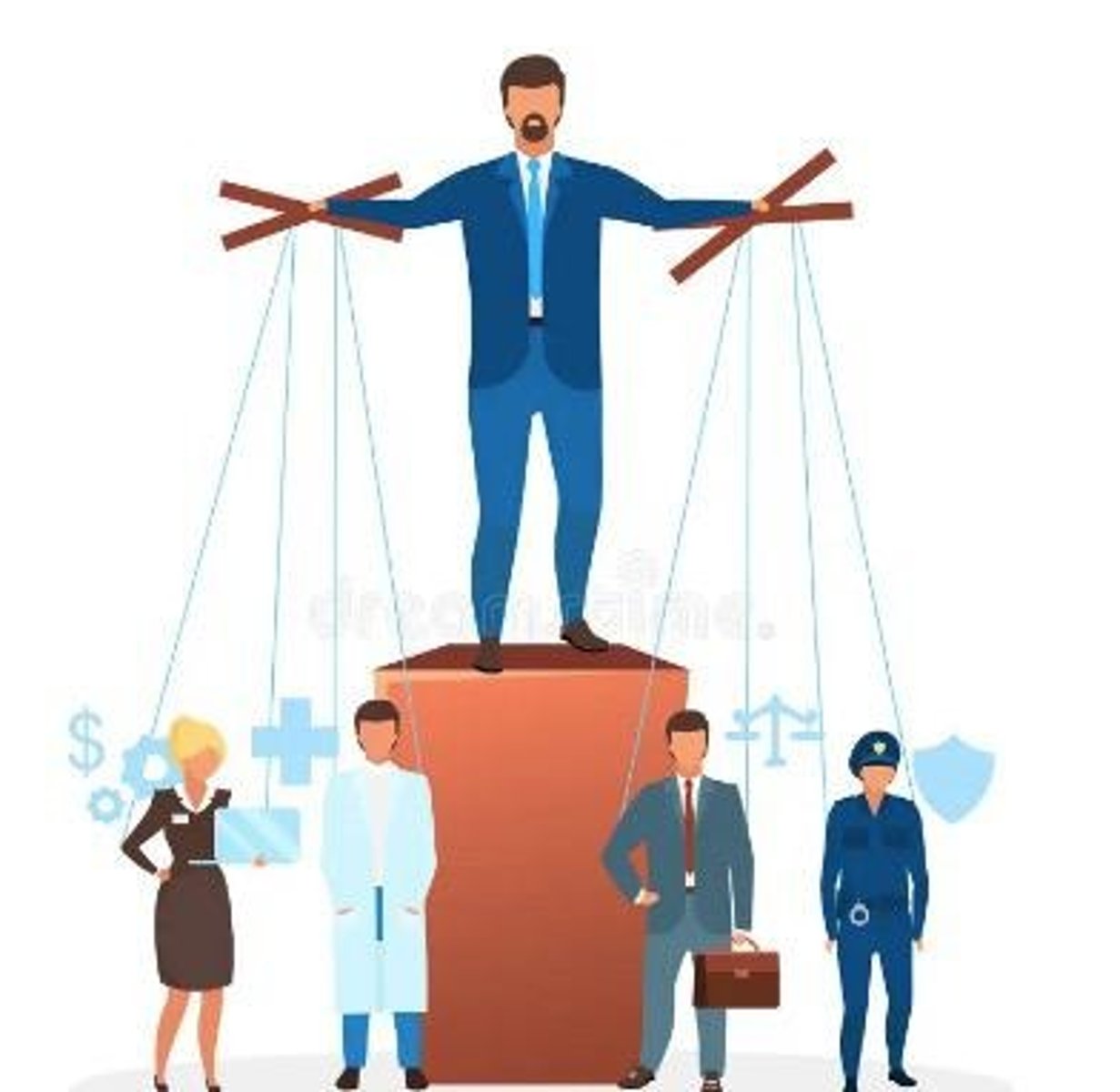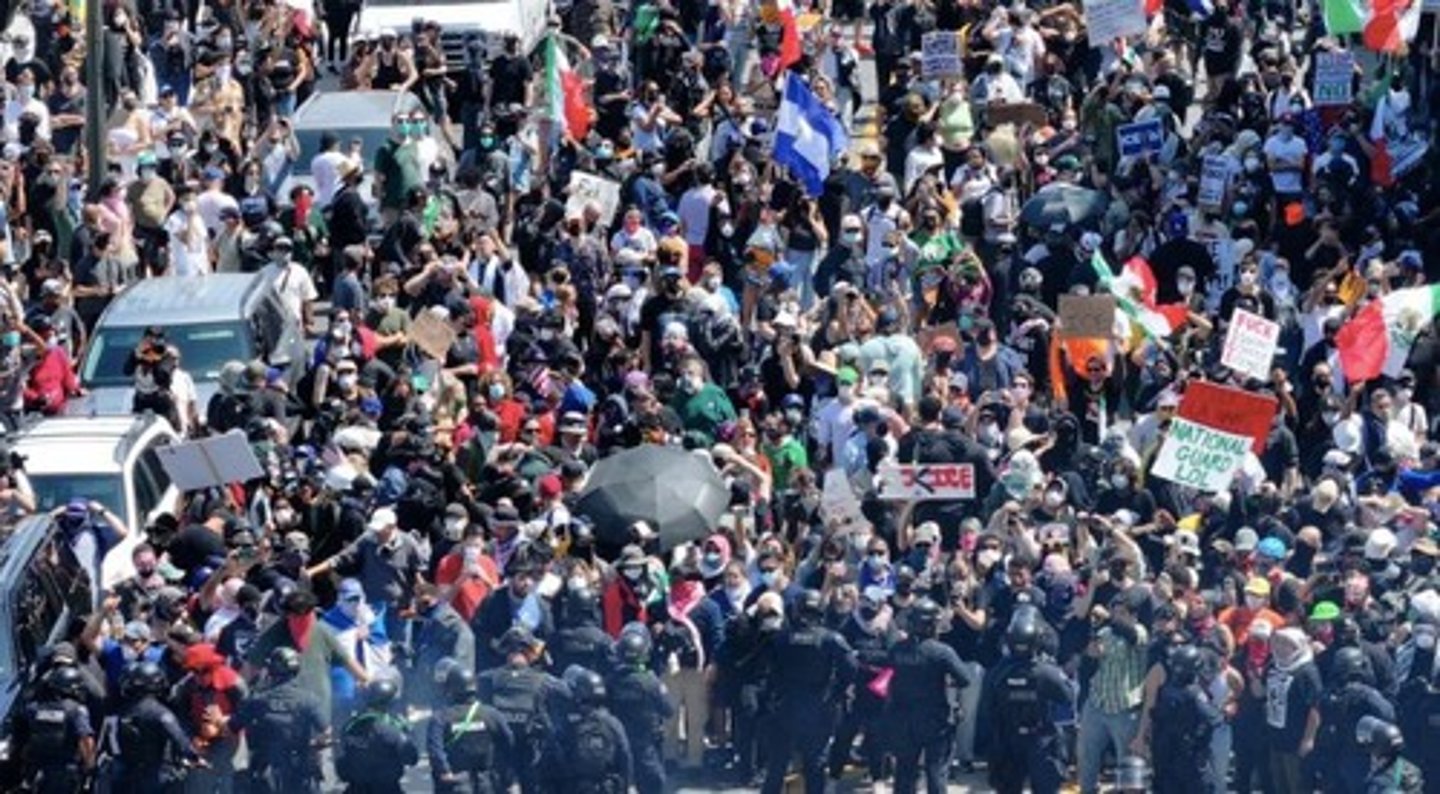Week 5: Political Unrest and Protest Movements
1/63
There's no tags or description
Looks like no tags are added yet.
Name | Mastery | Learn | Test | Matching | Spaced |
|---|
No study sessions yet.
64 Terms
What is authoritarianism?
A form of governance characterized by concentrated power in a single leader or a small elite not constitutionally responsible to the public.
How does Juan Linz distinguish authoritarianism from totalitarianism?
By focusing on limited political pluralism and the lack of extensive ideology or mass mobilization.
What is modern authoritarian resilience according to Levitsky & Way?
Some regimes survive through 'competitive authoritarianism,' allowing superficial democratic institutions while neutralizing opposition.
What are some implications of authoritarianism for protest?
High repression costs deter protest, lack of competitive elections, control over media and civil society, and weak rule of law.
What is legitimacy in a political context?
The public perception that a political system or authority has the right to rule.
What are the three sources of legitimacy according to Max Weber?
1. Traditional legitimacy (e.g., monarchy), 2. Charismatic legitimacy (e.g., revolutionary leaders), 3. Legal-rational legitimacy (e.g., democratically elected officials).
What is a legitimacy crisis?
Occurs when people no longer believe in the rightfulness of the system, potentially leading to mass protests, unrest, or state collapse.
What are some examples of political unrest and protest movements?
The Arab Spring, Black Lives Matter, Ukraine's Euromaidan, and Iran's Green Movement.
What is state violence?
The use of physical force or coercion by state actors to control populations or suppress dissent.

What are some forms of state violence?
Police brutality, torture, extrajudicial killings, surveillance, and harassment.

What justifications do states use for violence?
National security, public order, and anti-terrorism.
What is the Repression-Dissent Nexus?
The theory that repression can suppress or radicalize protest, potentially backfiring by generating sympathy and more support.
What are Threshold Models in the context of protest?
Theories suggesting individuals may tolerate authoritarian rule until repression reaches a breaking point, leading to sudden cascades of resistance.
What are social movements?
Collective, organized efforts by a large group to achieve social or political change, often outside institutional politics.
What are the characteristics of social movements?
Shared identity and grievance, collective action over time, and informal or formal organizational structures.
What is Relative Deprivation Theory?
The theory that movements arise when people feel deprived relative to their expectations.
What is Resource Mobilization Theory?
The theory that the success of movements depends on access to resources such as money, networks, media, and skilled leaders.
What does Political Process Theory suggest about social movements?
Movements emerge when there are political opportunities, organizational strength, and shared cognitive frames.
What is a revolution?
A rapid, profound transformation of the political, social, and/or economic order, typically involving mass mobilization and the overthrow of a regime.

What is a political revolution?
A change in leadership or regime without altering the social order, such as the American Revolution from 1765-1783.
What is a social revolution?
A transformation of both state and class structures, exemplified by the French, Russian, and Chinese revolutions.
What are the success factors for social revolutions?
Breakdown of state capacity, elite defection, and popular legitimacy.
What does Marxist Theory suggest about revolutions?
Revolutions arise from class conflict, particularly when productive forces outgrow existing relations of production.
What is Theda Skocpol's Structural Theory of revolutions?
Revolutions are state breakdowns caused by international pressures, elite conflict, and peasant mobilization.
What is Crane Brinton's 'Anatomy of Revolution'?
A theory that outlines a pattern of revolutions: discontent, rising expectations, crisis, radical phase, and Thermidor (stabilization).
What is civil resistance?
A form of political action that uses nonviolent tactics to confront unjust laws, regimes, or institutions.
What are some examples of tactics used in civil resistance?
Boycotts, strikes, sit-ins, and symbolic protests.
Who is Gene Sharp and what is his contribution to civil resistance?
He identified 198 methods of nonviolent action and emphasized the role of obedience and power.
What did Erica Chenoweth and Maria Stephan find in their 2011 study on nonviolent campaigns?
Nonviolent campaigns are twice as likely to succeed as violent ones and attract wider participation.
What are some risks and limits of civil resistance?
It can be crushed in highly repressive environments and requires sustained organization and discipline.
What is mass mobilization?
The process by which large numbers of people are organized for collective action, often in support of political causes.
What mechanisms facilitate mass mobilization?
Grassroots organizing, social media and digital platforms, and religious or cultural institutions.
What are some obstacles to mobilization success?
Fear of repression, coordination problems, movement fatigue, and limited mobilization.
What factors indicate potential success for protests?
Broad-based coalition, clear demands, framing of issues, and emotional drivers.
What structural factors contribute to the emergence of protests?
Poverty, inequality, authoritarian rule, and weak institutions.
What are trigger events that can lead to protests?
Police killings, election fraud, economic shocks, and natural disasters.
What are opportunity structures that influence protests?
Elite divisions, international support, and media coverage.
What cultural and emotional drivers can lead to protests?
Shared grievances, moral outrage, and national identity.
What are some success factors for protests?
Broad participation, unity and leadership, clear goals and strategies, elite defection, international support, and sustained momentum.
What are some failure factors for protests?
Limited mobilization, internal divisions, diffuse or contradictory demands, unified state repression, international indifference, and repression or burnout.
What significant event occurred in Ukraine in 2010?
Yanukovych won elections against Tymoshenko, who was later imprisoned from 2011 to 2014.
What happened in Ukraine in November 2013?
Yanukovych suspended talks on the Association Agreement, leading to Ukraine receiving $15 billion from Russia.
What was the outcome of the protests in Maidan Square?
After weeks of standoff and police attacks, significant political changes occurred, including Yanukovych escaping to Russia on February 22, 2014.
What are the real reasons people revolt according to the chapter?
The chapter argues that the real reasons for revolt contrast with idealistic or moral narratives of protest.
Why are elite defections emphasized as key to the success of revolutions?
Elite defections suggest that mass protest alone may be limited without internal regime splits.
What role does fear play in maintaining authoritarian control?
Fear is crucial for maintaining control, and it breaks down under specific circumstances.
What does it imply for democratic governments to prioritize certain constituencies?
It implies that democratic governments might also focus on maintaining their 'essentials' to survive popular discontent.
Can you identify examples where protests failed due to elite loyalty to the regime?
Historical or contemporary examples include cases where elite coalitions remained loyal, differing from successful uprisings.
How does the chapter challenge the assumption that nonviolent resistance is always effective?
It questions the effectiveness of nonviolent resistance if it does not lead to elite defection.
Is there a moral dimension missing in the authors' theory of revolts?
The framework may be seen as too cynical or refreshingly realistic, depending on one's perspective.
How can protest movements exploit divisions within the regime?
Protest movements can use messaging, timing, and international support to increase their chances of success.
What were the immediate and long-term causes of the protests that began in November 2013?
The rejection of the EU Association Agreement became a turning point for the protests.
How did the protest movement evolve over time?
The movement evolved in tactics, participation, and demands, marked by key moments that shifted its character.
How did state violence affect the protest movement?
State violence had varying effects: it could suppress, radicalize, or broaden the protest.
Who were the main actors in the protest movement?
Main actors included students, veterans, clergy, women, and civil society organizations.
How did protesters organize and sustain themselves during winter?
They relied on mutual aid, social networks, and symbolic space for sustenance.
How did the Ukrainian government portray the protests?
The government's portrayal contrasted with how protestors represented themselves, affecting public opinion.
In what ways does Winter in Ukraine illustrate civil resistance?
It shows the coexistence and tension between nonviolent tactics and confrontational actions.
How is state violence depicted in the film?
The film depicts state violence through the use of riot police, snipers, and emergency laws.
What role did mass mobilization play in the movement?
Mass mobilization maintained and escalated the movement, driven by ideology, emotion, or survival.
How did the crisis affect Yanukovych's regime legitimacy?
The crisis led to a tipping point where the regime lost public and elite support.
How does this movement compare to other uprisings?
Comparisons can be made with uprisings like the Arab Spring, highlighting factors for success or failure.
What role did the international community play in the protests?
International legitimacy or condemnation significantly influenced the course and outcome of the protests.
What insights does the film offer about the emotional aspects of protest?
The film explores how fear, hope, grief, and solidarity motivate continued involvement in protests.